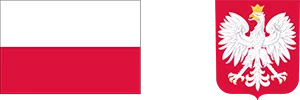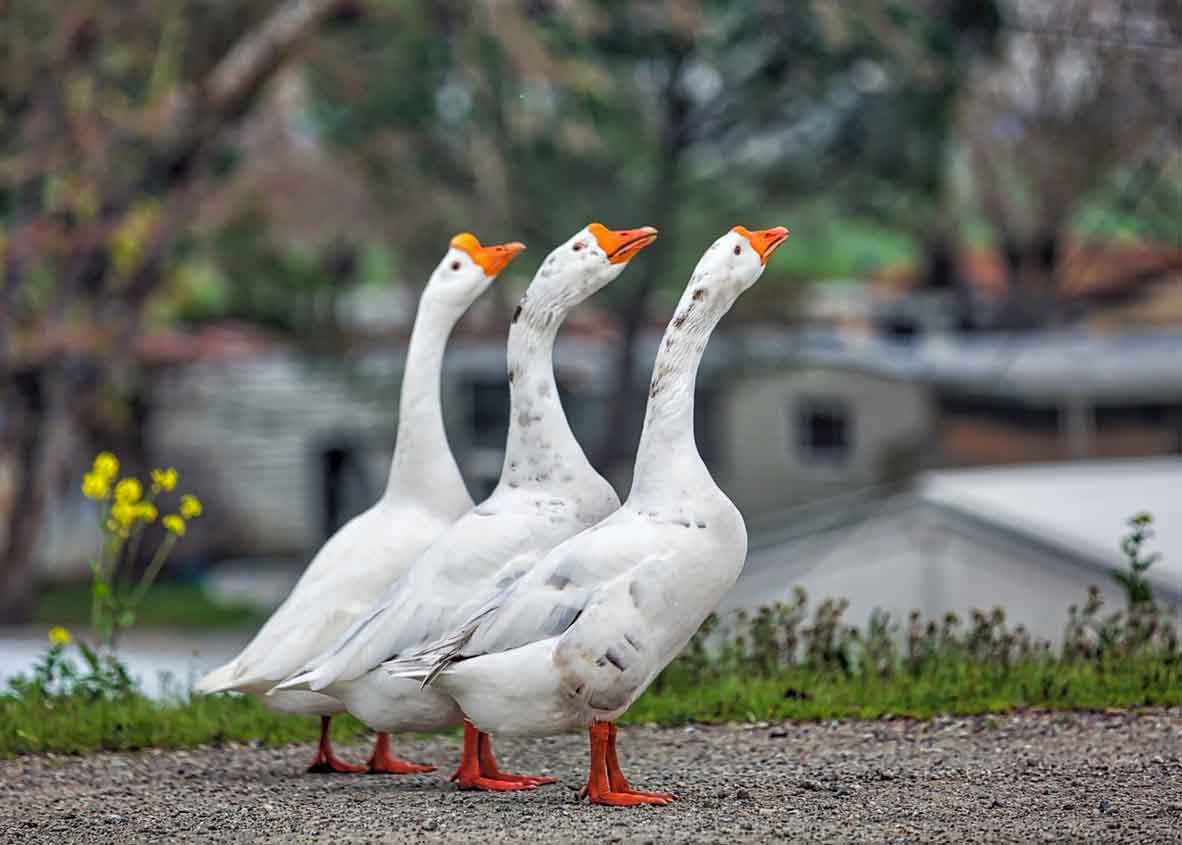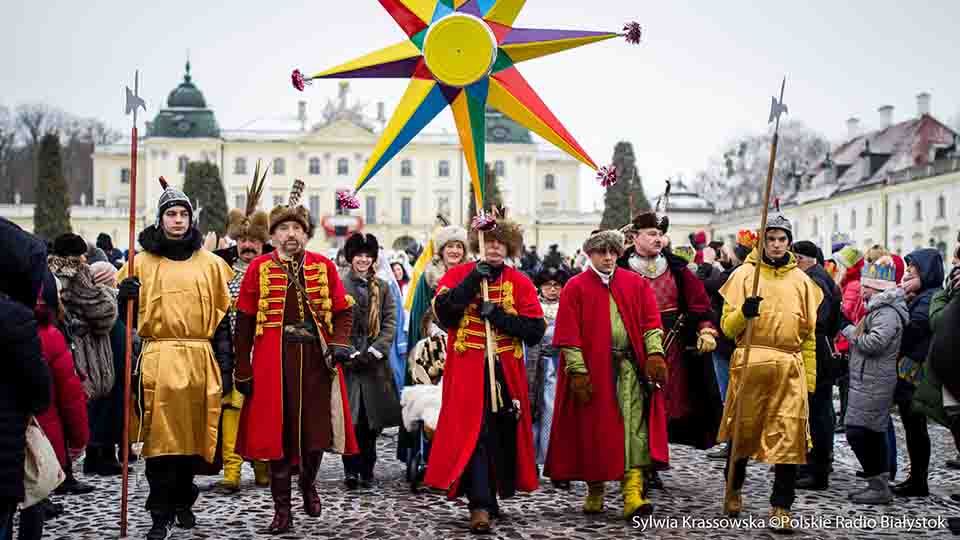The previous version of this article was published on our website on October 8, 2024.
The year 2025 brings us another Pierogi Day celebration, this year falling on Wednesday, October 8th. This date, known internationally as National Pierogi Day, is a holiday dedicated to one of the most recognizable dishes from Polish tables.
Pierogi – the Culinary Ambassador of Poland
Poland has long been associated with great figures like Pope John Paul II, piano maestro Fryderyk Chopin, and sports icons like Robert Lewandowski and Iga Świątek. However, equally great national pride lies in pierogi—a dish that spans generations and flavors. These unassuming, crescent-shaped pouches of dough hold a wealth of history, creativity, and regional traditions.
Although their distant roots are attributed to China (as cousins of jiaozi dumplings), they reached the Vistula River via Kievan Rus, finding their true home here in Poland. As early as the 13th century, pierogi were a favorite on Polish tables—not only among peasants but also among nobles. Fillings varied depending on the region and occasion: pierogi filled with groats and cheese were served for holidays, those filled with cabbage and mushrooms for Christmas Eve, and those filled with fruit on hot summer days. Each version had its own symbolic meaning—pierogi were a feast, a festive, and even... ritual dish.
Thanks to Polish immigrants, pierogi have taken the world by storm. In the United States, Canada, and even Australia and Argentina, they have become synonymous with Polish flavor and family warmth. For many descendants of Polish immigrants, pierogi were the first "language" through which Polish identity was conveyed.

Boiled pierogi (Source: Photo: A. Woźniewicz)
The Great Pierogi Race and Monuments Made of Flour and Love
A prime example of pierogi's popularity overseas is the "Great Pierogi Race," a pierogi mascot race held during Pittsburgh Pirates baseball games. Six playful pierogi mascots (including Potato Pete and Jalapeño Hannah) compete in the stadium to the delight of thousands of spectators. This tradition was initiated by Mrs. T's Pierogies, a company founded by Ted Twardzik, a descendant of Polish immigrants from Pennsylvania. It was he who made pierogi a national dish in the 1950s, offering them ready-made to supermarkets.
Other examples of the pierogi phenomenon can be found in Whiting, Indiana, where the annual Pierogi Fest takes place, attracting tens of thousands of visitors, and in Glendon, Canada, where a monumental, seven-meter-tall statue of a pierogi speared on a fork stands – a proud symbol of the local community with Polish and Ukrainian roots.
Celebrating pierogi around the world and in Poland
While pierogi are undoubtedly our national pride, their celebration is more widespread abroad, especially where the Polish diaspora plays a significant role. In the US, National Pierogi Day is an opportunity to visit Polish restaurants, bakeries, and delicatessens. Social media is filled with photos of homemade pierogi, and the hashtag #NationalPierogiDay is breaking records.
In some cities, such as Chicago, Buffalo, and Cleveland, local communities organize special events, pierogi-making contests, and tastings of various fillings—from classic Russian ones to more modern variations, such as pierogi with jalapeños, sweet potatoes, or shrimp.
Pierogi Day isn't yet an official holiday in Poland, but each year more and more restaurants and local communities take the initiative to celebrate it. In Krakow, Warsaw, and Lublin, themed culinary weekends are organized, and culinary media outlets highlight the wealth of regional recipes—from Biłgoraj pierogi to Kashubian fish pierogi.
Making Dumplings at Home – More Than Just Cooking
Pierogi Day is also a perfect opportunity to reconnect with family roots. Making pierogi together becomes a ritual—connecting generations and memories. Grandparents pass on their recipes and techniques to their grandchildren, teaching them how to roll out dough thinly, how to wrap a pierogi without it falling apart, and how to shape it perfectly. It's more than just cooking—it's about building community and preserving memories.
Some people add a touch of modernity to the celebrations – organizing family competitions for the most original filling, preparing gluten-free or vegan pierogi, or experimenting with shapes. After all, pierogi, like Poland itself, are capable of evolving while maintaining the spirit of tradition.
Polish Pierogi Tradition
In Polish culture, pierogi are more than just a dish—they're a part of our identity. From Christmas Eve to weddings to simple meatless Fridays, there's always a reason to make them. Each region has its own variations: pierogi stuffed with meat from the Subcarpathian region, pierogi stuffed with blueberries from Podlasie, pierogi stuffed with lentils from the Lublin region, and even "lazy pierogi"—not stuffed at all, but equally beloved.
St. Jacek's pierogi, or "pierogi of St. Jacek Odrowąż," were also famous in the Eastern Borderlands. According to legend, during his missionary expeditions, the Dominican monk miraculously multiplied pierogi to feed the hungry. To this day, the saying "Saint Jacek with pierogi!" survives as a Polish expression of surprise and joy.
Etymology of the Word
The word "pierogi" entered the Polish language in the 17th century, but its roots reach much further back. In Proto-Slavic, the word "pir" meant a feast, a feast, or a celebration. From this word comes "pier," a ceremonial pastry served during holidays and important events. The combination with the suffix "-og" gave rise to the word "pieróg"—something that belongs to a feast. Therefore, one could say that pierogi is a dish born from the joy of shared celebration.
Summary
Pierogi Day, celebrated worldwide, is not only a celebration of one of the most famous Polish dishes. It's also a symbol that unites people, cultures, and generations. Every pierogi—whether filled with cabbage, cheese, berries, or meat—holds a piece of history and shared experience.
So maybe it's worth making October 8 a day in Poland as well, when we sit down at one table, with flour on our hands and a smile on our faces, to create together some flavor, memories and national pride.











